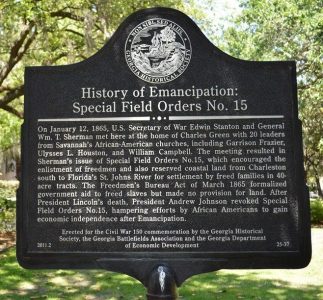 On Jan. 16, 1865 demands by Black ministers after the Ebenezer Creek Massacre led to the short-lived land distribution during Reconstruction known as Special Field Order No. 15.
On Jan. 16, 1865 demands by Black ministers after the Ebenezer Creek Massacre led to the short-lived land distribution during Reconstruction known as Special Field Order No. 15.
This order declared that confiscated land on the coastline from Charleston, South Carolina, to Jacksonville, Florida, be redistributed to people freed from slavery in 40-acre parcels. Here is an excerpt:
II. At Beaufort, Hilton Head, Savannah, Fernandina, St. Augustine and Jacksonville, the Blacks may remain in their chosen or accustomed vocations — but on the islands, and in the settlements hereafter to be established, no white person whatever, unless military officers and soldiers detailed for duty, will be permitted to reside; and the sole and exclusive management of affairs will be left to the freed people themselves, subject only to the United States military authority and the acts of Congress.
Within six months, 40,000 people who had been enslaved lived on 400,000 acres of coastal land. They used their skills and labor to make the land productive. They also set up their own civic and educational institutions. They established their own militia to protect themselves from the Klan. In the PBS documentary, Reconstruction: The Second Civil War historian Russell Duncan says,
So you’ve got this tiny little island, twelve miles long, three miles wide, and a government set up to-to resemble the United States government with a Supreme Court at the top. It’s wonderful, beautiful, experiment in democracy; and people took to it very well. They liked the idea of having the power to select their leaders and remove them.
Sadly, the Field Order was shortlived. As explained in Blackpast,
Less than a year after Sherman’s order, President Andrew Johnson intervened, and ordered that the vast majority of confiscated land be returned to its former owners. This included most of land that the freedmen had settled. The Federal government dispossessed tens of thousands of Black landholders. In Georgia and South Carolina, some blacks fought back, driving away former owners with guns. Federal troops sometimes evicted Blacks by force.
Teach Reconstruction advisor and Catholic University professor Stephen West alerted us to primary documents from Freedom: A Documentary History of Emancipation, 1861–1867 related to this history. He tweeted
Petitions from freedpeople after Johnson ordered that land be restored to former Confederates.
They declared their loyalty, their sense of betrayal, and their attachment to lands they had cultivated and where their ancestors were buried.
— Stephen West (@Stephen_A_West) January 16, 2020
Introduce this history to young people with the lessons and books listed below. The books include the young adult novels Crossing Ebenezer Creek by Tonya Bolden and 40 Acres and Maybe a Mule by Harriette Robinet. We also recommend the film referenced above, Reconstruction: The Second Civil War.
Learn more in the Zinn Education Project national report, “Erasing the Black Freedom Struggle: How State Standards Fail to Teach the Truth About Reconstruction,” and find teaching resources on Reconstruction below.

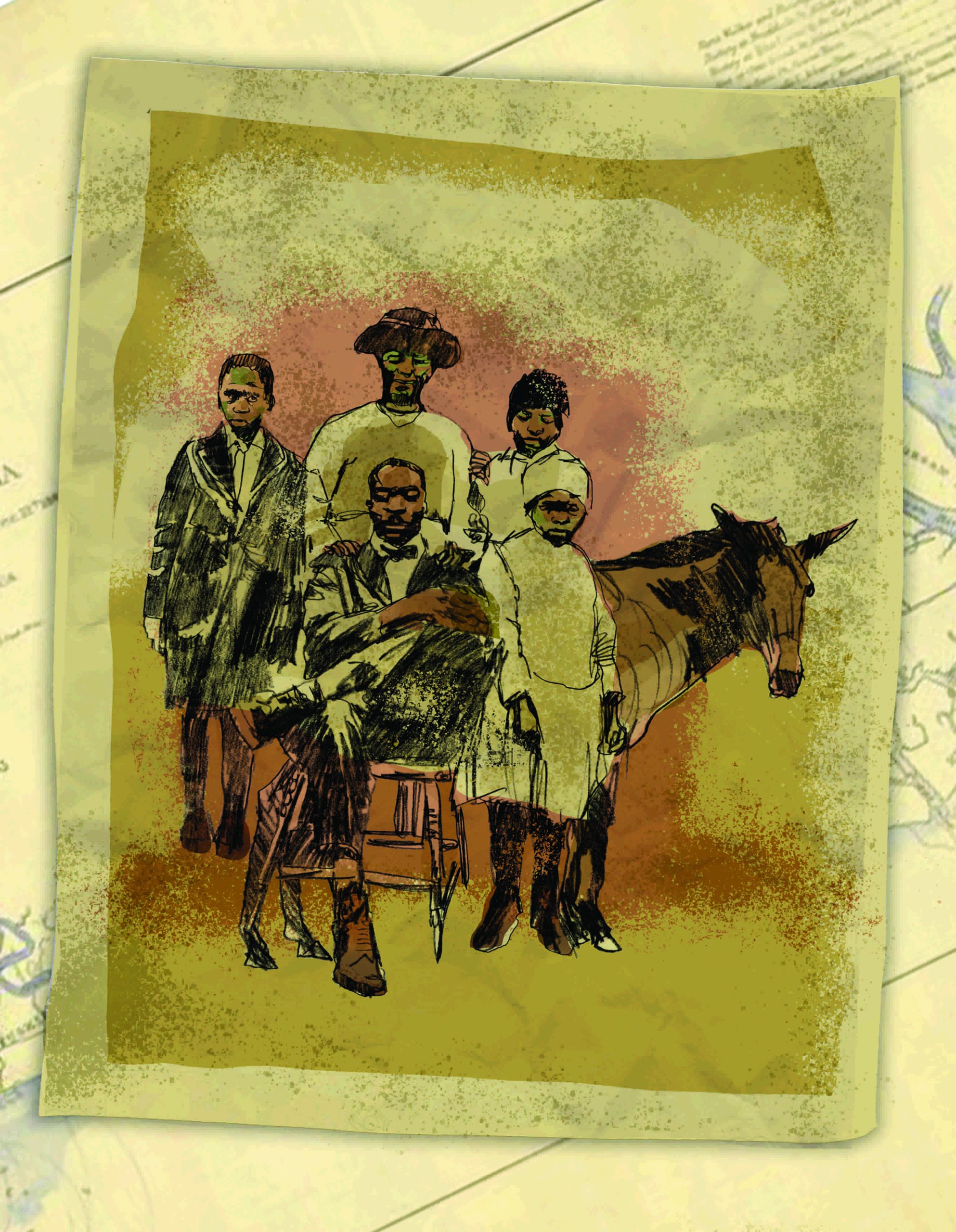
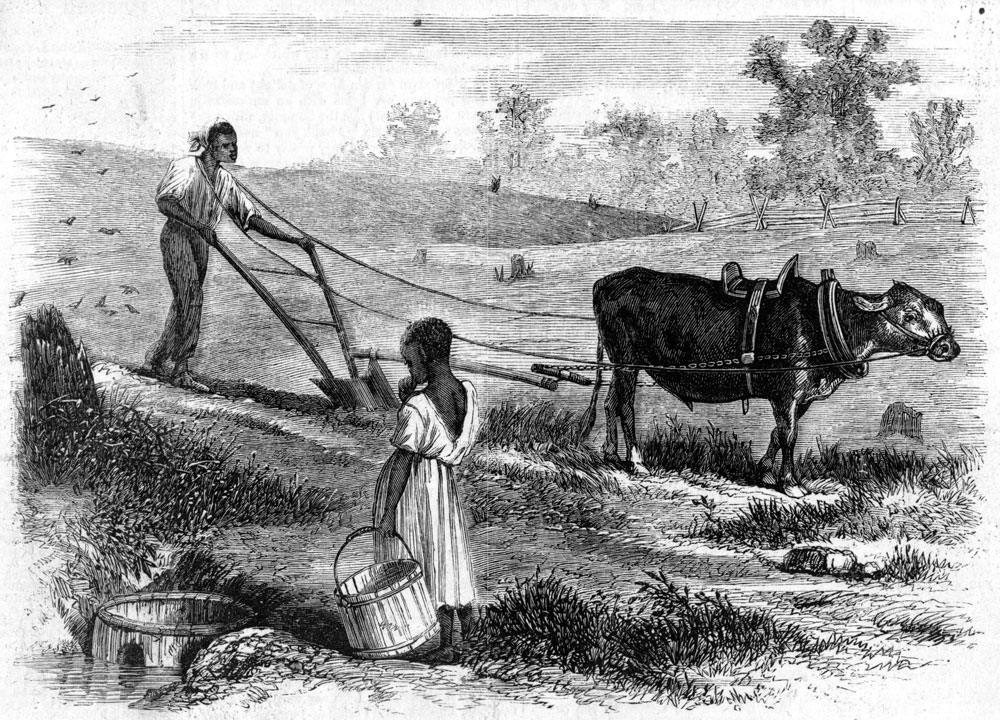
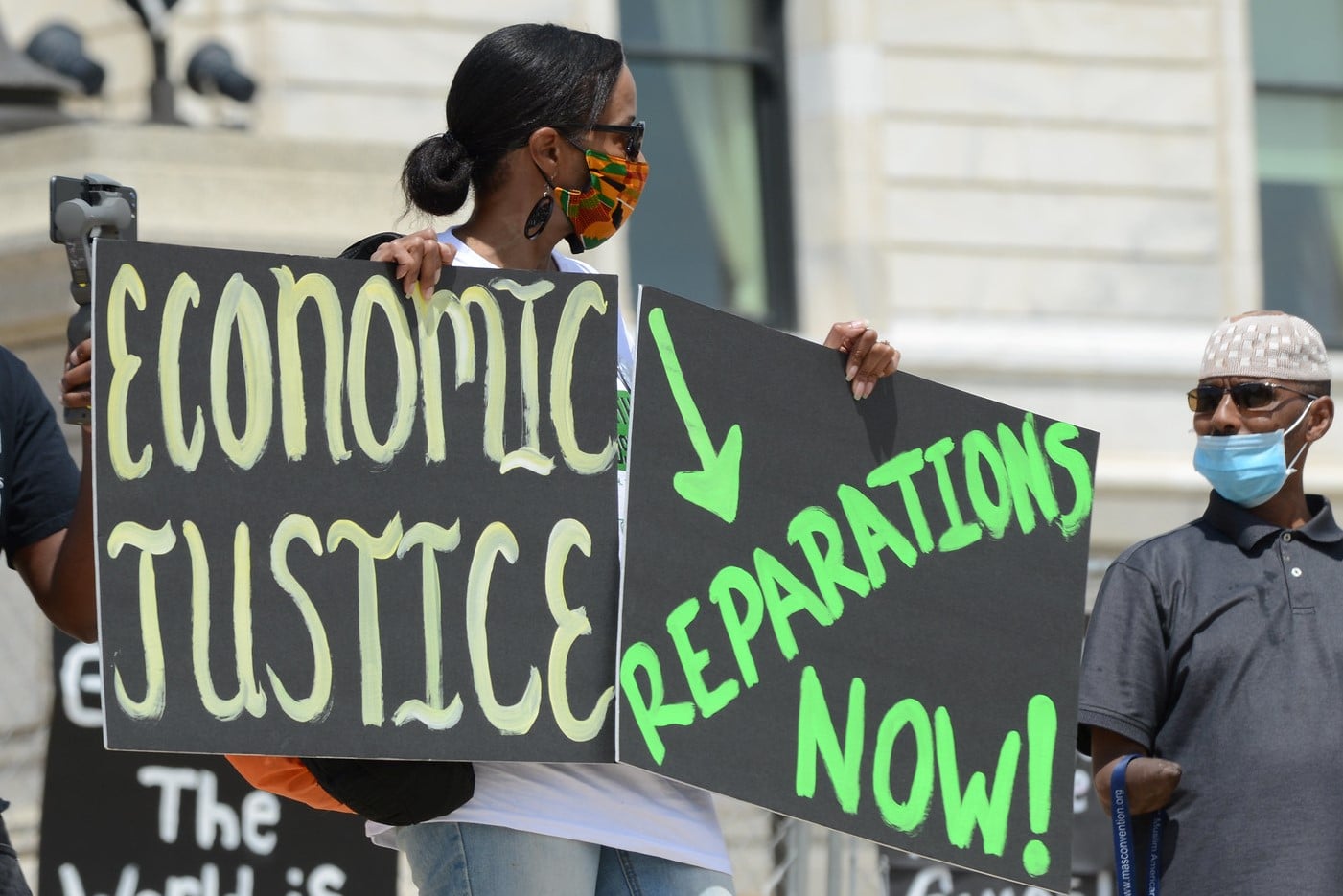
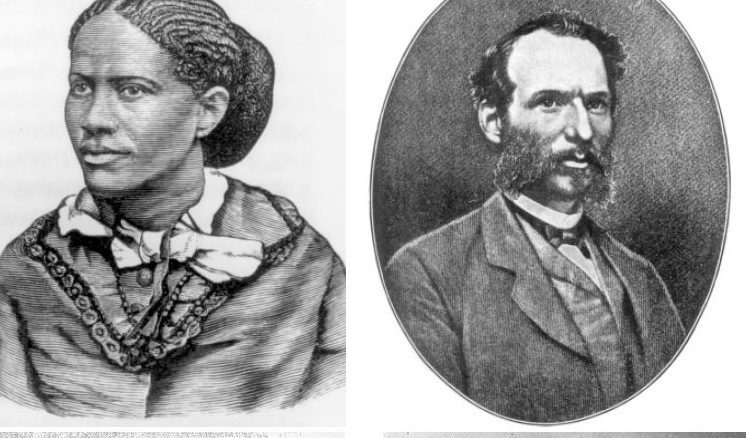
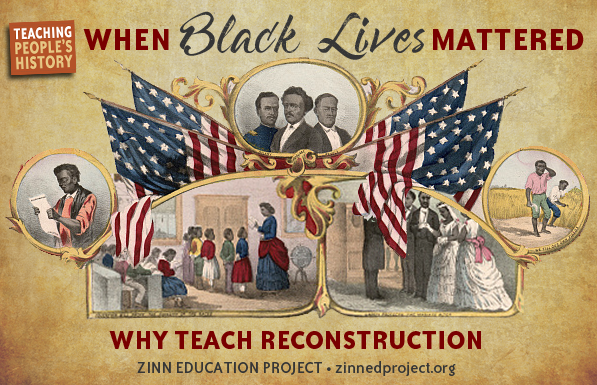
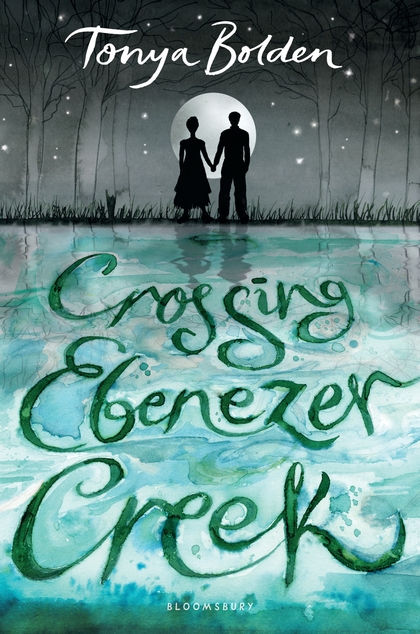
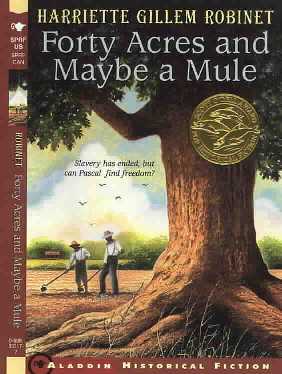
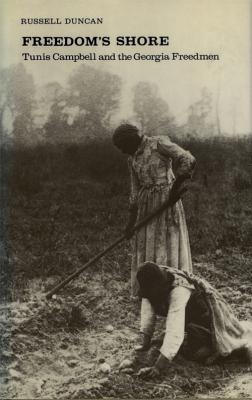
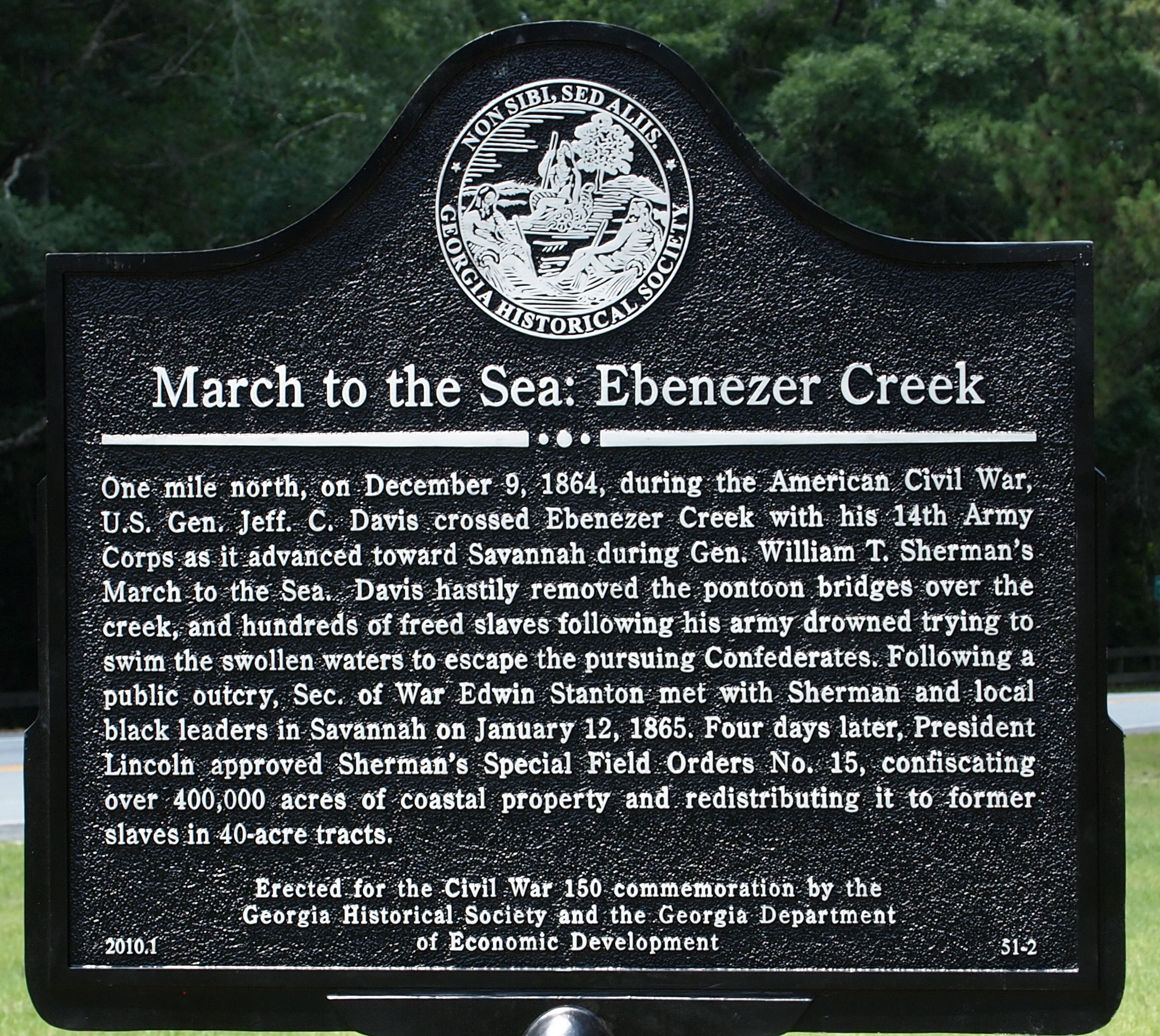
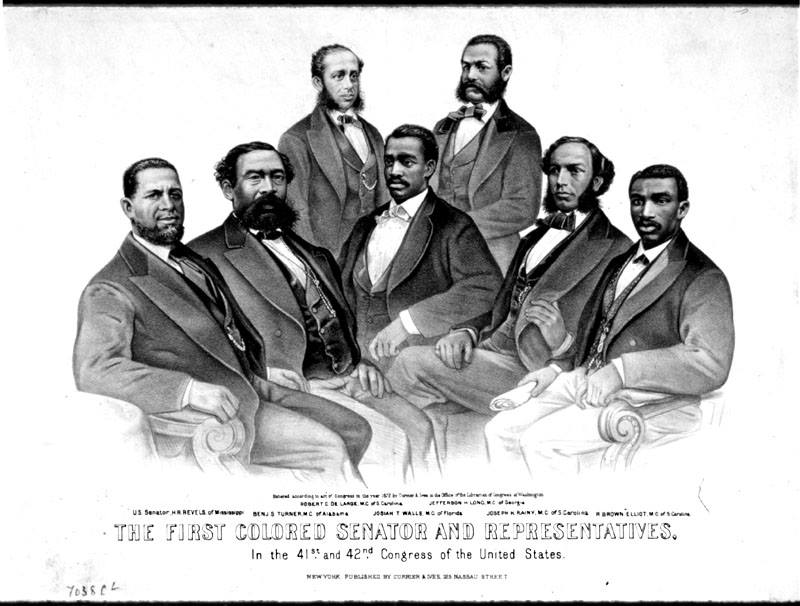





Twitter
Google plus
LinkedIn